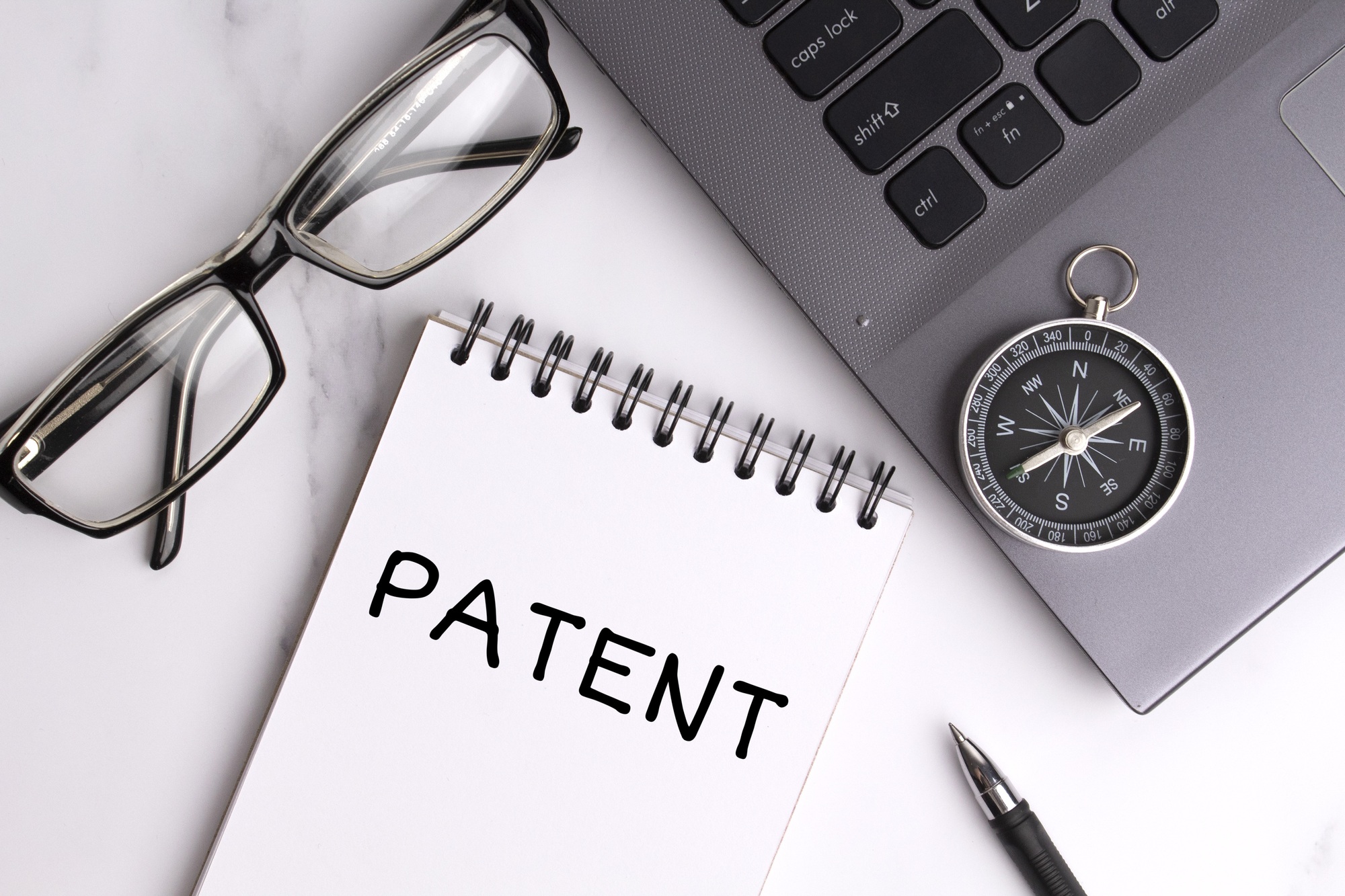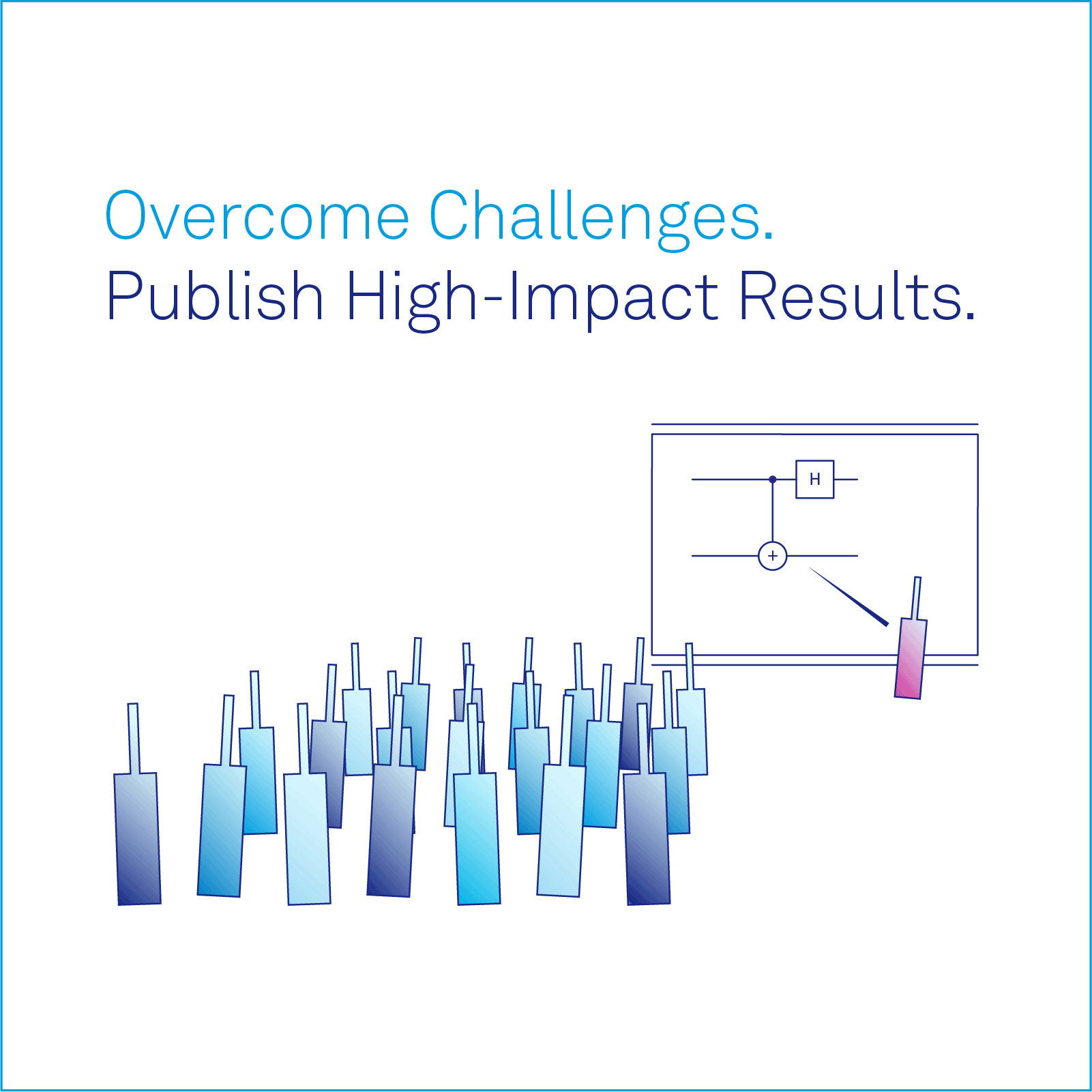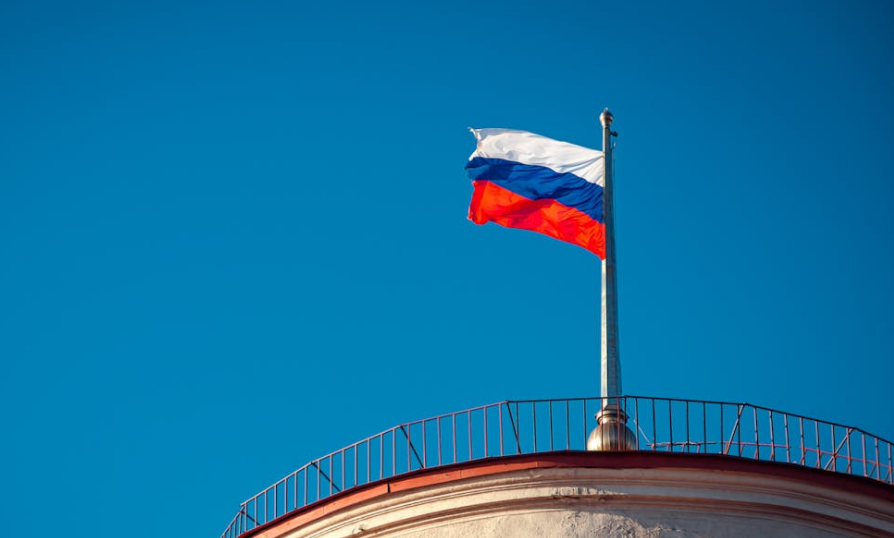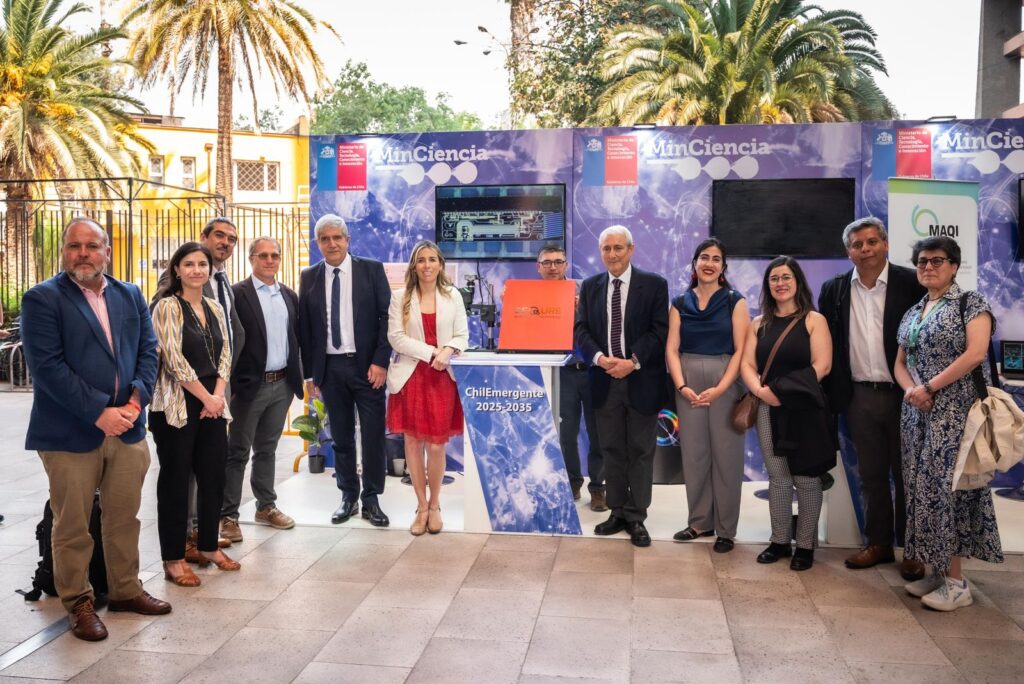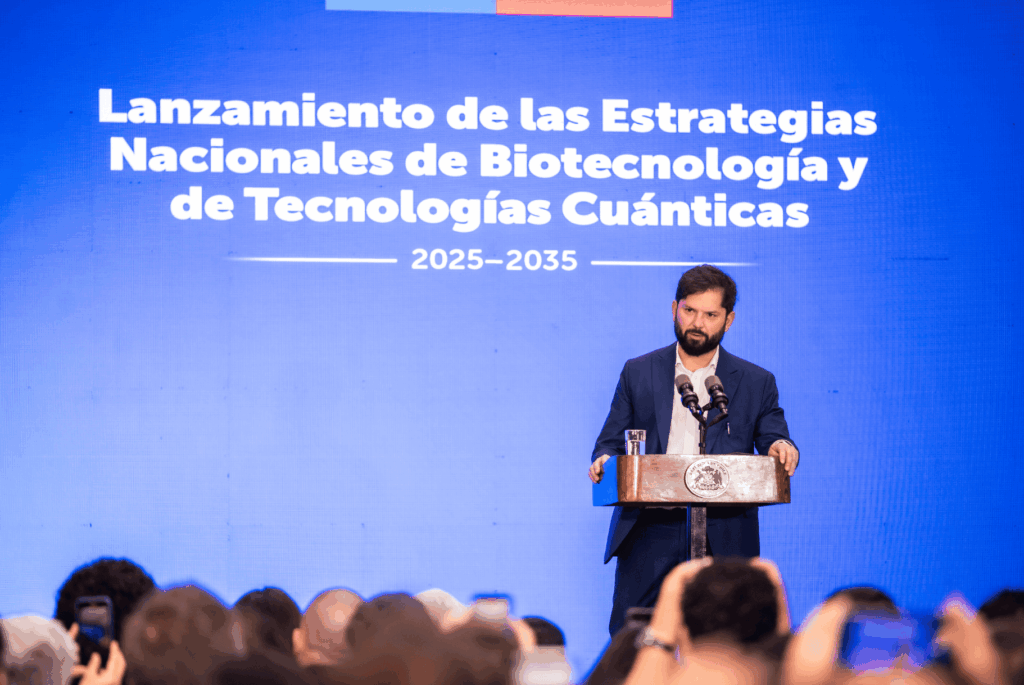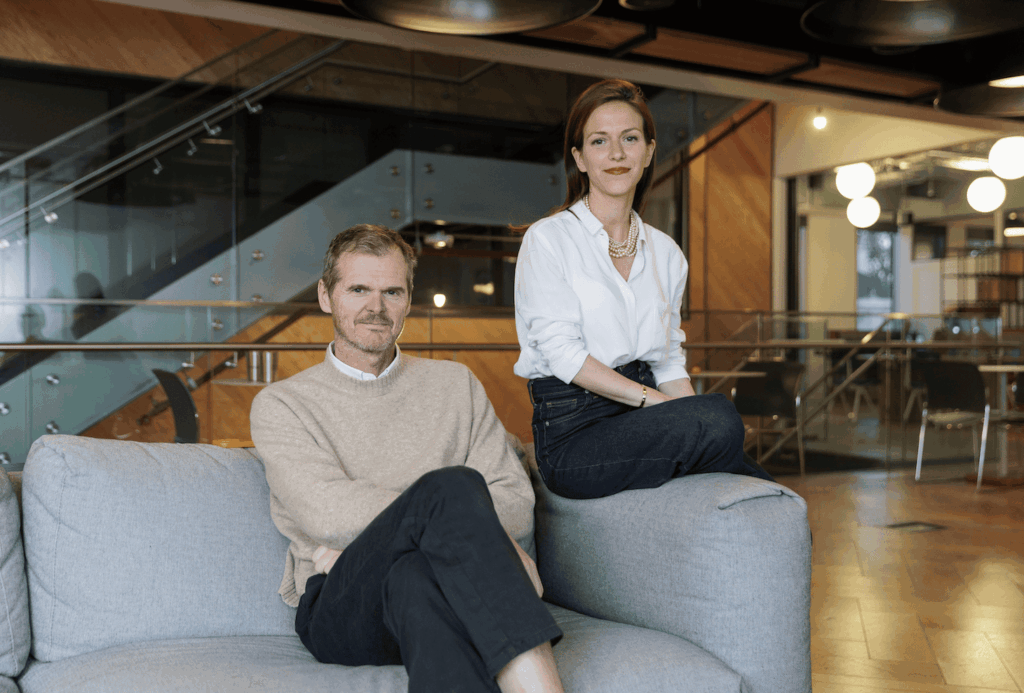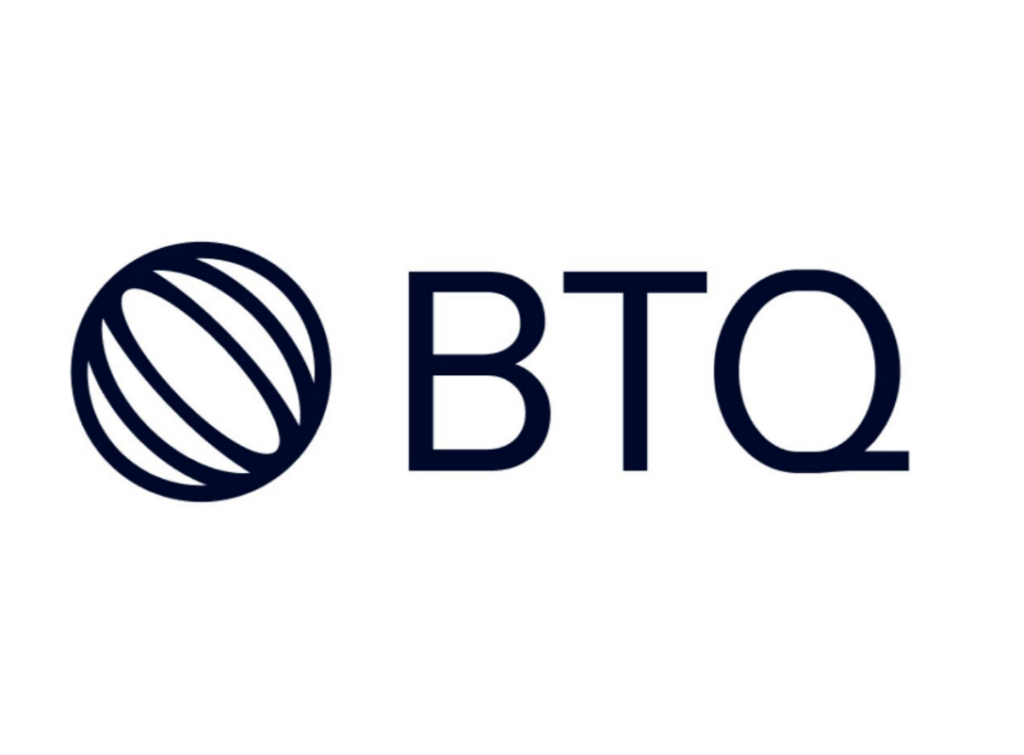Insider Brief
- The USPTO’s Patent Trial and Appeal Board (PTAB) overturned an examiner’s rejection of a patent application of an inventor at Zapata Computing, a now defunct quantum and AI software company.
- The ruling could clear legal obstacles for a method that enables classical and quantum computers to collaboratively solve linear equations, a technique with potential applications in computational chemistry and machine learning.
- The PTAB determined that the approach provided a practical technological improvement rather than a mere mathematical abstraction, setting a precedent for the patentability of hybrid quantum-classical computing methods.
The United States Patent and Trademark Office’s (USPTO) Patent Trial and Appeal Board (PTAB) reversed an examiner’s rejection of a patent application from Zapata Computing, a now defunct company that once specialized in hybrid quantum-classical computing techniques.
While Zapata Computing has ceased operations in the fall of 2024, this ruling could be a significant win for the quantum computing industry, which is increasingly relying on these hybrid techniques.
The decision, issued on February 11, removed key legal hurdles for a technology that blends classical and quantum computing power to solve complex mathematical equations.

At stake was a patent application filed in 2019 by Yudong Cao, then a researcher at Zapata Computing, for a method that allows classical and quantum computers to work together to solve linear equations, a fundamental challenge in scientific computing. The invention proposes an iterative approach where a classical computer orchestrates calculations performed on a quantum processor, splitting complex problems into smaller subproblems that the quantum system can handle, the PTAB documents indicate.
The USPTO initially rejected the application on two grounds: that it lacked sufficient written description and that it was ineligible for a patent because it constituted an abstract mathematical idea. The PTAB’s ruling reversed both of these findings, clearing the way for the patent to proceed.
Bridging the Classical-Quantum Divide
Quantum computers, which leverage the principles of quantum mechanics to process information in fundamentally new ways, have long been touted as potential disruptors across industries, from pharmaceuticals to finance. However, current quantum devices are limited in their capabilities due to errors, short coherence times — the brief window during which qubits retain information, and constraints on circuit complexity. As a result, researchers have turned to hybrid quantum-classical approaches, where a classical computer oversees a quantum system, leveraging its strengths while compensating for its weaknesses.
The invetor’s proposed method falls into this category. The approach involves constructing an objective function, a mathematical expression that guides the quantum system toward the best possible solution for a given problem. A classical computer adjusts the quantum system iteratively, refining its parameters until the solution converges. This technique is particularly promising for industries that rely on solving large systems of linear equations, such as computational chemistry and machine learning.
The Patent Board’s Reasoning
The PTAB found that the application sufficiently described the invention’s core concepts and that the quantum-assisted method went beyond a mere mathematical abstraction. While patent law excludes pure mathematical formulas from protection, the board determined that the inventor’s approach demonstrated a practical application by making quantum computing more viable for real-world problems.
The method provides a tangible technological improvement, enabling today’s noisy quantum computers to solve equations that would otherwise be impractical using classical approaches alone, according to the ruling.
Implications for the Quantum Industry
The complexity of quantum computers may make IP management equally complicated. As quantum hardware continues to evolve, patent disputes over quantum algorithms and hybrid methodologies are likely to become even more common. Ruling judiciously would offer a boost to researchers and companies working to commercialize quantum computing, setting a precedent for future intellectual property battles in the field.
The decision in this case could then signal a broader trend in intellectual property law as agencies grapple with how to classify quantum algorithms and hybrid computing methods. While software patents have faced increasing scrutiny, the ruling signals that hybrid approaches that make quantum computing more practical may be eligible for protection.

